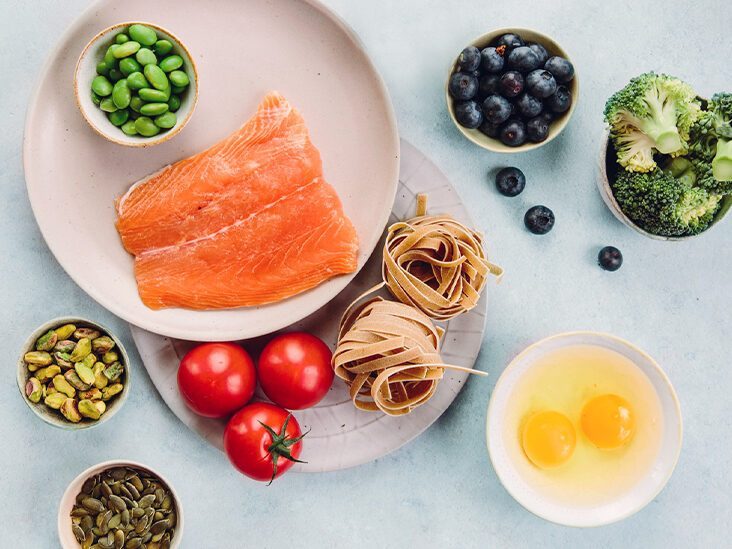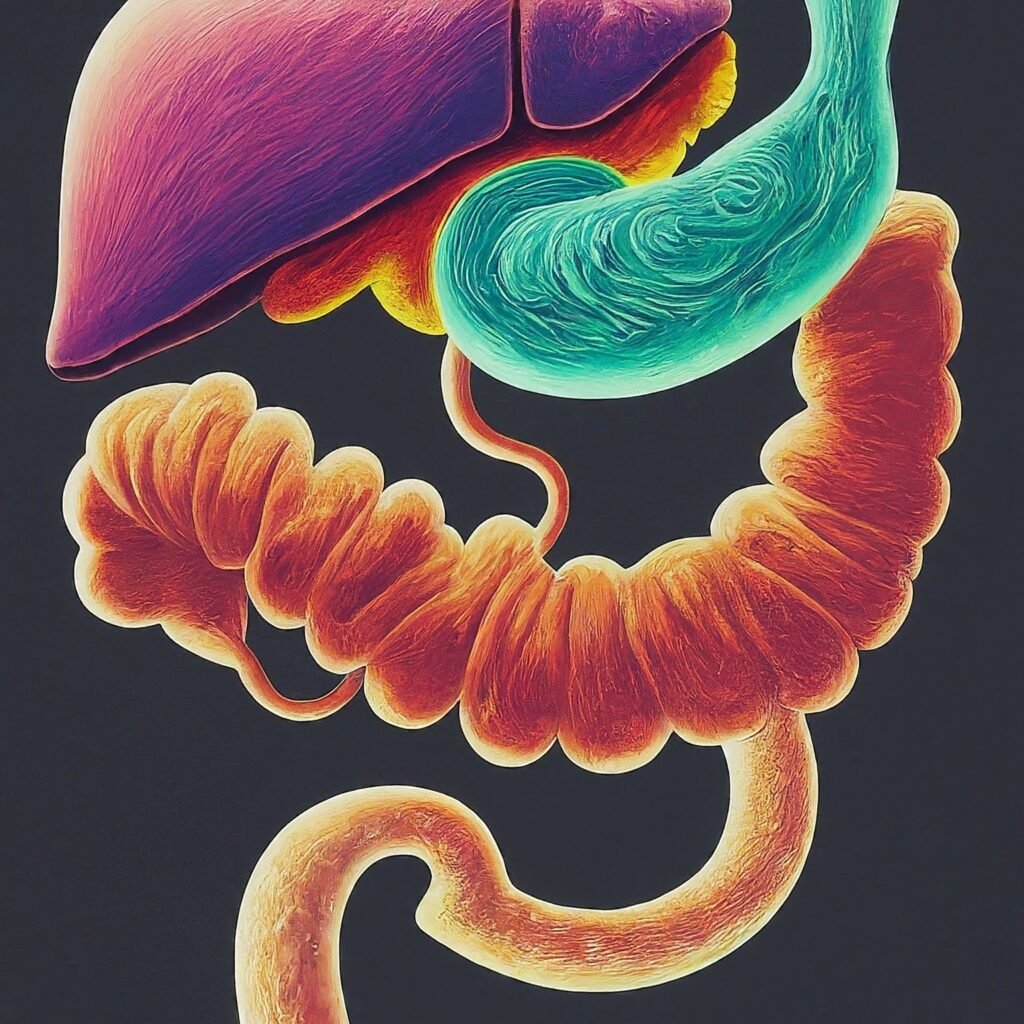9 functional foods recommended for diabetes

Nature has provided us with a wide variety of foods suitable for the Paleo diet that can help in the treatment of diabetes, which shows that food can serve as medicine.

Table of Contents
Functional foods for diabetes.
Functional foods contain biologically active ingredients associated with physiological health benefits to prevent and control chronic diseases, such as type 2 diabetes mellitus.
1. Blueberries.
Incorporating blueberries into our diet reduces the risk of type 2 diabetes, and for those living with diabetes, blueberries improve glucose control.
The antidiabetic effects of blueberries are attributed to their high level of anthocyanins, chemical compounds that can exert anti-inflammatory effects on some fat cells and increase the absorption and utilization of glucose by the body.
2. Seeds and nuts.
Walnuts offer multiple health benefits for diabetics. Daily consumption of almonds for 24 weeks has been found to reduce waist circumference, serum triglycerides, LDL cholesterol, high-sensitivity C-reactive protein (a marker of inflammation), and hemoglobin A1c in adult diabetics.
Walnuts improve endothelial function in diabetics, reducing the elevated risk of cardiovascular disease associated with the disease.
Chia seeds lower blood pressure, C-reactive protein, and high blood sugar after meals.
When buying walnuts, select raw or lightly roasted nuts and avoid those that are coated with industrial seed oils, such as canola oil.
5. Olive oil.
Consumption of extra virgin olive oil produces significant reductions in fasting blood glucose. It also improves the response to blood sugar after meals, which is perhaps the best parameter for assessing glucose tolerance.
4. Cocoa.
Dark chocolate may be a good idea if you have type 2 diabetes. Animal studies have shown that eating dark chocolate after a meal reduces blood sugar levels, while research in humans shows that it promotes vasodilation, improves supplying glucose to muscle cells and relieves hyperglycemia.
5. Coffee and tea.
An extensive research shows that coffee may reduce the risk of type 2 diabetes to the combat oxidative stress and through its beneficial impact on intestinal microbiota. As a result, coffee is the largest source of dietary antioxidants in the average American diet.
If you’re not a fan of coffee, then green tea, which contains some of the same antioxidant compounds, is a great alternative.
6. Fermented foods.
Emerging research suggests that fermented foods may reduce the need for diabetes medications. Fermented foods, such as yogurt, kefir, and kimchi, have been shown to improve glucose metabolism, reduce the risk of type 2 diabetes, and improve glycemic control in people with existing diabetes.
7. Resistant starch.
Resistant starch is a type of carbohydrate in the diet that is not digested in the small intestine. Instead, it passes intact to the large intestine, where it promotes the growth of beneficial intestinal bacteria. Research has shown that resistant starch can improve insulin sensitivity and lower blood glucose.
It is necessary to make it clear that not all organisms respond the same to the carbohydrate load, therefore, you should keep a control of your glucose to know how you tolerate this class of carbohydrates.
8. Seafood.
Consumption of fish and shellfish, but not supplementation with isolated omega-3 fatty acids, is consistently associated with a lower risk of type 2 diabetes.
Seafood may have a protective effect against diabetes due to its high level of omega-3 fatty acids, which modulate cellular sensitivity to insulin, and its levels of other insulin-sensitizing nutrients, such as vitamin D, retinol, and selenium.
9. Spices.
Spices not only liven up meals, they also offer important health benefits for diabetics and are another recommended functional food. Consumption of cinnamon in doses ranging from 120 mg/day to 6 g/day has been found to produce significant decreases in fasting blood glucose, LDL cholesterol, and triglycerides in type 2 diabetics.
Garlic lowers fasting blood glucose, fructose amine, and HbA1c and improves blood lipid profiles. Curcumin, a component of turmeric root, has hypoglycemic effects and protects the renal and cardiovascular systems from complications associated with diabetes.


